South Uist’s deer will not be killed off, despite calls for eradication at a fiery meeting this week.
Members of the community-owned estate Storas Uibhist voted on Monday night to reject a petition to eradicate the island’s deer.
During the meeting, locals gave examples of kids missing school and people taking ill after getting tick bites.
But 379 secret votes were cast against the petition, compared to 140 in favour.
The meeting followed months of contentious debate, after a Bornish Community Council survey showed that almost 75% of residents had experienced deer problems in the last five years.
Deer, which were introduced to South Uist in the 1970s, increase the spread of ticks, which in turn spread illnesses such as Lyme disease.
Uist has the highest rates of Lyme disease in Scotland.
Deer also cause damage to crofts and gardens, as well as road accidents, the petitioners argued.
Tensions ran high during the meeting, with MSP Alasdair Allan, serving as a neutral moderator, stepping in several times.
A social media ‘storm’
Leading the argument in support of keeping some number of deer was Stòras Uibhist CEO Darren Taylor. He began by saying there had been some “extremely difficult comments” on social media.
His team had “found themselves at the centre of a storm,” he said.
But he says that Storas Uibhist “completely understand[s] community frustrations.”
“No-one at Storas thinks we don’t have too many deer. The deer need to be culled and they will be culled.”
But for those in favour of getting rid of the deer completely, this isn’t enough to protect against South Uist’s rising cases of tick-borne disease.
Ticks a ‘massive animal welfare concern’
Feeding from a deer lets a single tick lay 2,000 eggs, said local vet David Buckland.
“I came [to Uist] more than forty years ago, and there were tick-borne diseases. But they were rare.”
Now, they are common enough that it’s a “massive animal welfare concern,” he said.
And for many local people, the effect of Lyme disease has been devastating.
’10 to 15 ticks on her body’
Storas Uibhist member and petitioner Ronald MacKenzie described how his daughter had missed “months of school” after being infected. She would come in from the garden with “10 to 15 ticks on her body,” he said.
The petitioners argued that the cost of deer on the island comes with no economic benefit.
But Mr Taylor said that the deer raise money through hunting tourism and venison sales.
“If we remove the herd, that asset is gone forever.”
As both sides turned their arguments to Storas Uibhist’s finances, it became clear that it wasn’t only the future of South Uist’s deer that was up for debate – but the management of the estate itself.
The petitioners argued that the estate is “essentially a failing business propped up by wind turbine money,” pointing out that deer hunting on the estate does not yet turn a profit.
Mr Taylor said that “nobody is pretending” that Storas Uibhist is profitable in all areas. But, he said, “that’s why the turbines spin – to keep croft rents low.”
‘Complete mistrust’
Questions were also raised as to whether the estate had done enough to respond to local people’s concerns.
The Bornish survey showed that “72% of respondents who raised complaints about deer were dissatisfied or very dissatisfied with the outcome.”
Kevin Morrison, Chief Executive of community and development organisation Cothrom, praised Storas Uibhist’s work but said that there was “complete mistrust” between the petitioners and the estate.
When asked how Storas Uibhist would go about rebuilding this trust, Mr Taylor pointed to statistics showing they have over delivered in recent deer culls.
‘Essence of local democracy’
Speaking after the meeting, Mr Taylor praised the way the community had come together to debate the petition.
“I think it’s the absolute essence of local democracy,” he said.
“This is a classic example of vibrant community ownership.”
Petitioner Thomas Fisher also called the meeting a “great exercise in local democracy,” but said he was “disappointed” by the outcome.
He was particularly troubled by “questioning of the link between deer and Lyme, which is very, very well-established.”
“There is still not recognition that Uist is unique for the very high instance of Lyme here,” he said.
“Rather than tackle that, the main arguments were, ‘Well, it’s a complicated issue, it’s not quite clear.’ It is very clear.”
“I would be very happy to hear the CEO of Storas Uibhist say, ‘We have a major Lyme disease issue. The deer contribute in a significant way to that. I don’t want to eradicate them, but I will take radical measures to reduce that.'”
“I didn’t hear that today.”
More local reporting from the Western Isles:
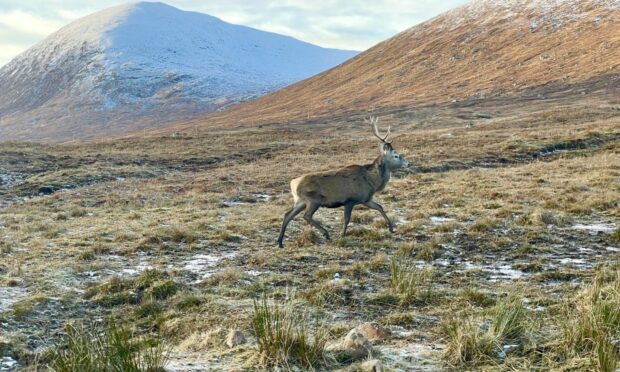

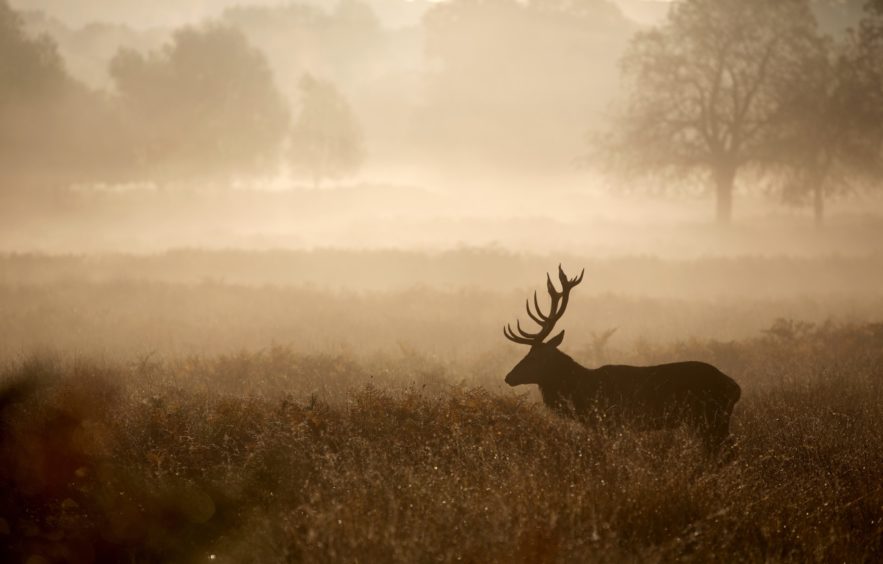
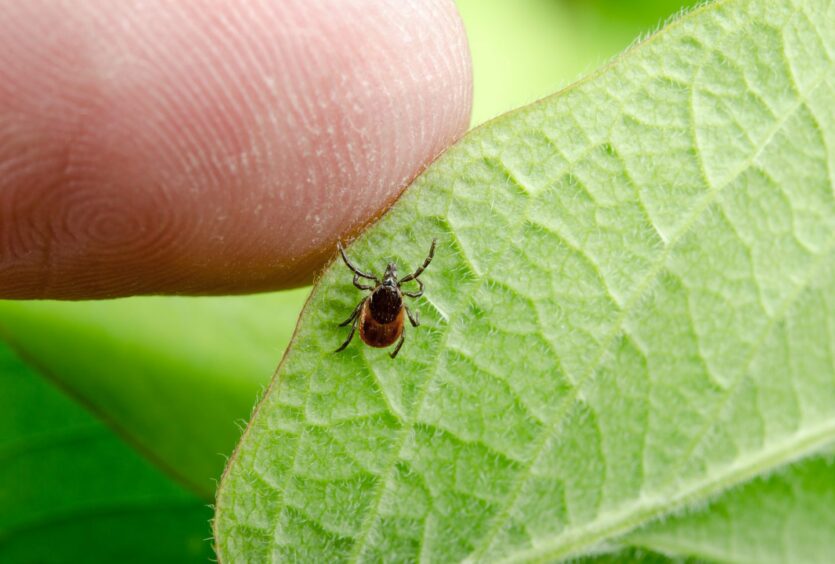


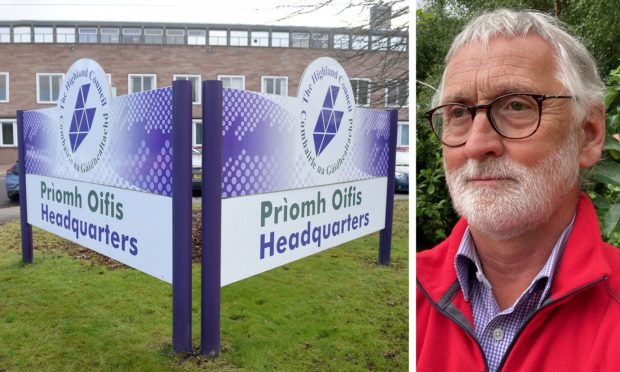
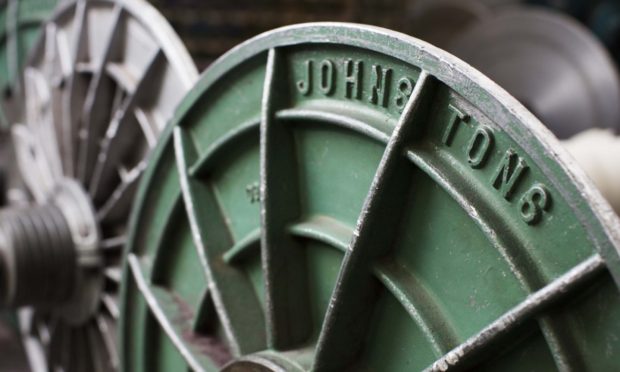
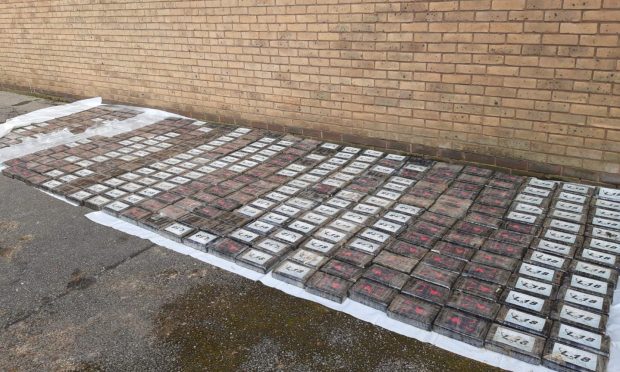

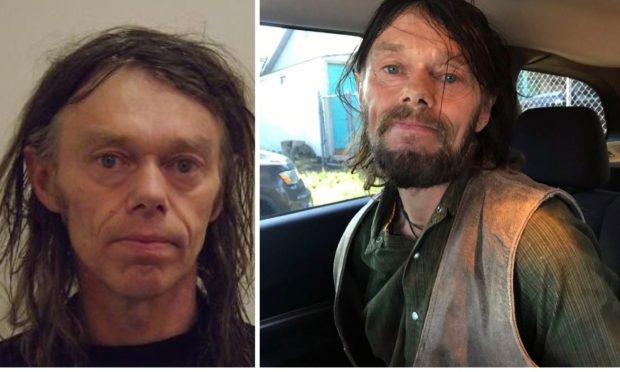



Conversation